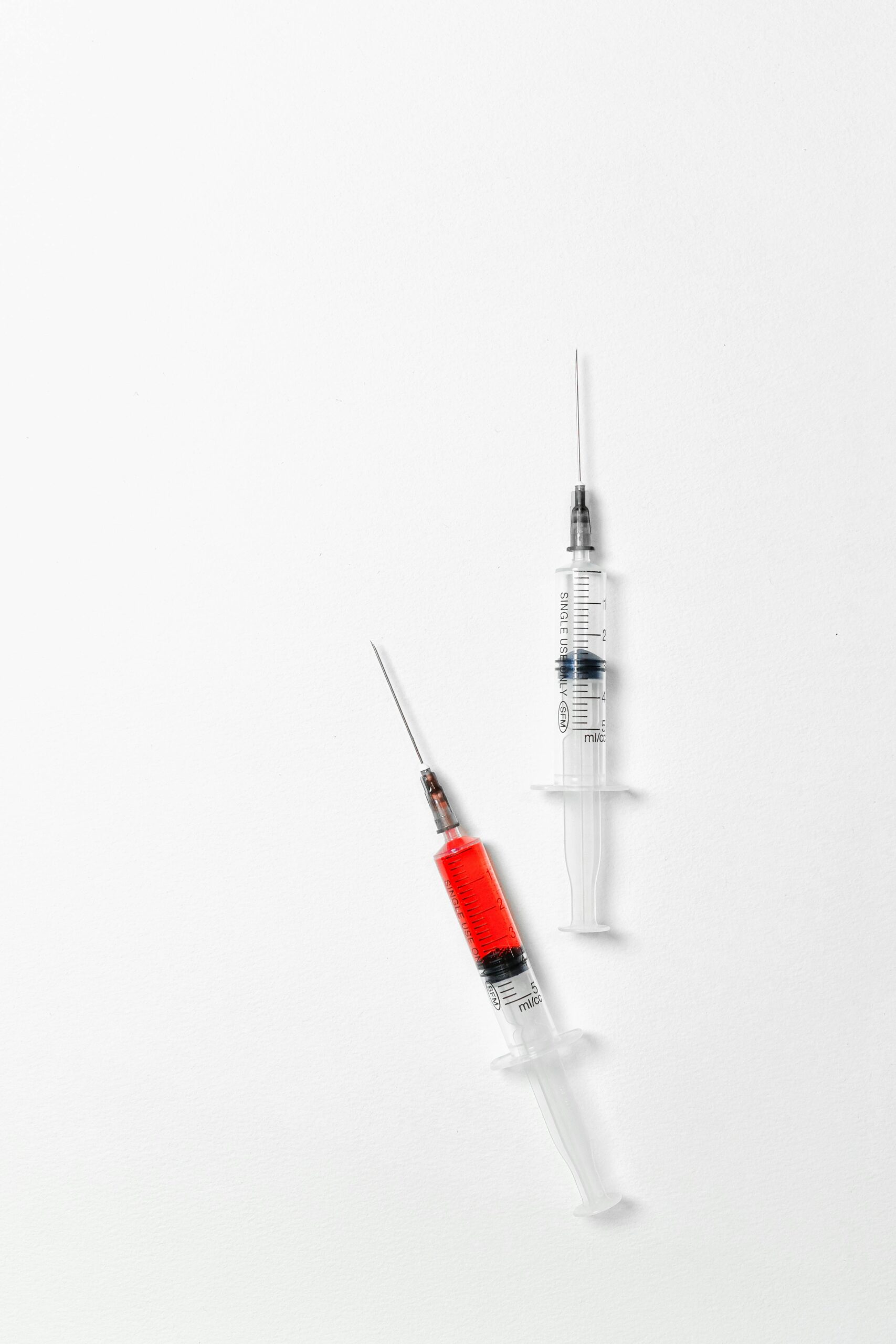Are you sick of the only option being a 💉 and want to know what’s next? Let’s get to it!
By now, you can’t open your inbox or scroll your feed without seeing something about GLP-1 meds like Ozempic®, Wegovy®, or Zepbound™.
And if you have wondered, “Is there a way to get the benefits without the weekly needle-jab?”—you’re not alone.
Short answer:
🩺 No sublingual GLP-1 is officially available yet.
💊 Oral options exist, but they’re not quite as effective as injections.
🚀 Exciting new options are coming — just not tomorrow.
Let’s break this down like a real person would:
Why People Want a Needle-Free GLP-1
Injections aren’t fun.
Even once-a-week shots can feel like a hassle, or downright anxiety-inducing if you’re needle-averse.
There is an oral GLP-1 already on the market:
- Rybelsus® (oral semaglutide) is FDA-approved for type 2 diabetes.
- But it’s a little high-maintenance (must take on an empty stomach, wait 30 minutes before eating or drinking anything).
- It’s not currently approved for weight loss, even though semaglutide (the same molecule) is the powerhouse behind Wegovy®.
👉 Important: Rybelsus isn’t as potent as the injection versions.
Because only about 1% of the pill’s active ingredient actually gets absorbed into the bloodstream (source), the impact tends to be milder — both for blood sugar control and for weight loss.
So What About Sublingual GLP-1s?
Sublingual means you place a drug under your tongue, it absorbs into your bloodstream, and you skip the whole “swallow it and digest it” process.
Sounds dreamy, right? Fast, easy, no pokes?
Here’s where things stand:
- No FDA-approved sublingual GLP-1 exists yet.
- One company (Sublin Therapeutics) is testing a sublingual film version of GLP-1s — and early animal studies (in pigs!) look promising.
- Some compounding pharmacies are already offering “sublingual semaglutide,” but these aren’t FDA-approved, and the quality is a big question mark.
- The FDA has also flagged safety concerns about compounded GLP-1s — including reports of side effects and questions about whether the correct form of semaglutide is even being used.
👉 Bottom line: If it’s not from a trusted source and hasn’t gone through real clinical trials, it’s risky.
Is the Sublingual Route as Strong as Shots?
Not yet.
And it might never be a perfect one-to-one replacement.
Here’s why:
- Shots (like Ozempic or Wegovy) deliver almost 100% of the active ingredient directly where it needs to go.
- Pills and sublingual options — even with the best tech — struggle with low absorption rates (we’re talking maybe 5–10% absorbed if you’re lucky).
- That means higher doses have to be used to get similar effects — and even then, the results may not fully match the injectable versions.
Early reports from compounding pharmacies offering sublingual semaglutide claim they’re getting about 10% absorption, which is much better than the pill form, but still far from perfect.
👉 Translation:
Sublingual GLP-1s could absolutely work — but they may not give the same dramatic weight loss results as the injections most people are hearing about in the media.
Here are some sources to read more for yourself:
First GLP-1 pill for weight loss, diabetes shows success in late-phase trial
Once-Daily Oral Semaglutide 50 mg Improves Cardiovascular Risk Factors in Overweight/Obesity in the OASIS 1 Trial
Eli Lilly’s Oral GLP-1, Orforglipron, Demonstrates Efficacy and Safety Consistent with Injectable GLP-1s in Phase III Trial
What’s Actually Coming Soon?
The future is brighter (and less stabby):
- Novo Nordisk is working on a higher-dose oral semaglutide for obesity — think of it like “oral Wegovy.” FDA approval could happen in late 2025.
(Here’s an overview of the OASIS trial results). - Eli Lilly is racing forward with orforglipron, a once-daily, small-molecule oral GLP-1 pill.
It showed powerful weight loss and glucose-lowering effects in trials (source) and might hit the market by 2026. - Pfizer is chasing the same goal with danuglipron, another oral option in late-stage testing.
Sublingual versions?
They’re further out. Think 2027–2030, best-case scenario, depending on human trials.
How to Sum This Up –
“Can I get a GLP-1 without a shot yet?”
Here’s a simple answer:
- Right now, the safest and most effective GLP-1 options are still injections.
- Oral options are improving, but they’re not quite as strong.
- Sublingual treatments are being developed but aren’t available yet.
- Always check with your healthcare provider, especially before trying anything from a compounding pharmacy.
The good news?
Options are expanding.
Needle-free GLP-1s are coming.
The key is patience — and avoiding shortcuts that haven’t been properly vetted.
Ok now – want MY OPINION?
As a dietitian, I think the expansion of GLP-1 options is exciting, especially for people who’ve struggled for years with weight and metabolic health.
But I’m also cautious. While oral and sublingual forms sound more convenient, they’re not as effective (yet) as injections, and compounded versions come with big question marks.
And let’s be real: a consistent calorie deficit built on nutritious foods, paired with regular movement, is never not going to matter—GLP-1s don’t replace that. I want my clients to feel empowered, not misled by hype or shortcuts that promise results without the real work.
So if you want to step up your nutrition and fitness routine without sacrificing your life entirely, simply click below and let’s work together.
